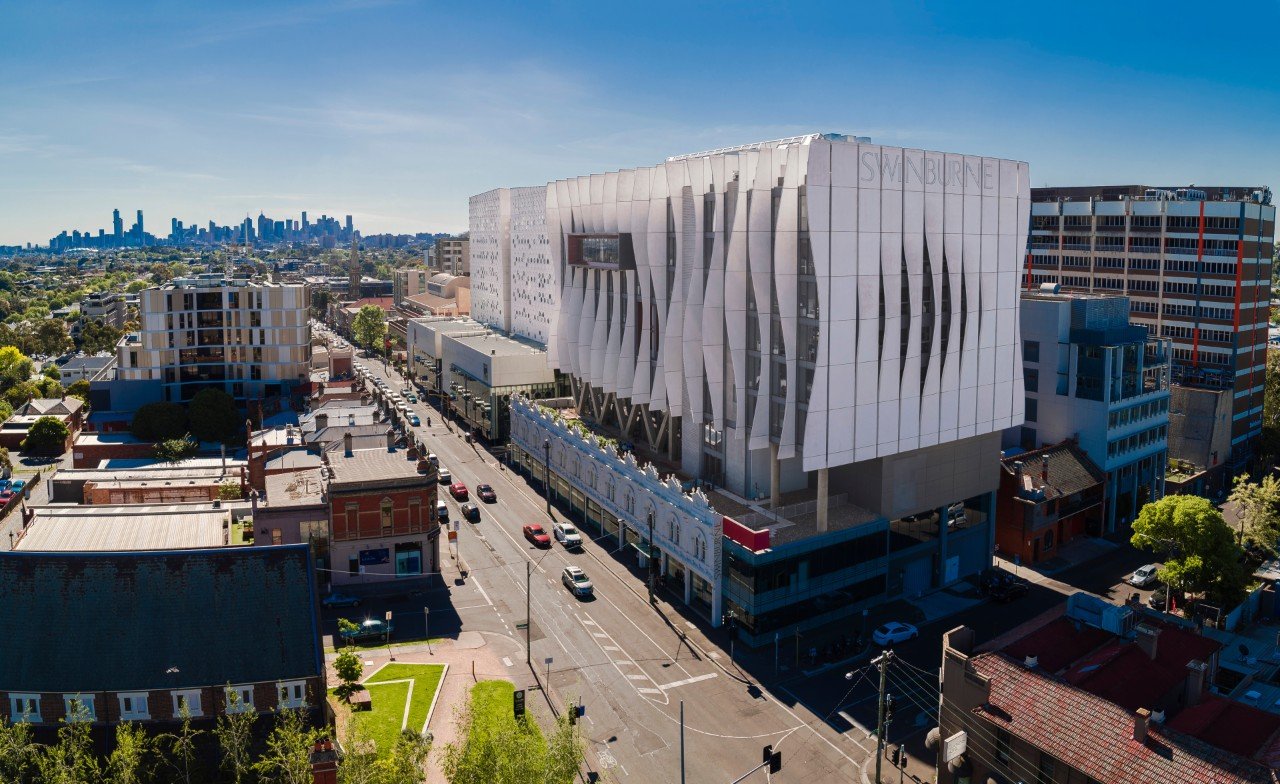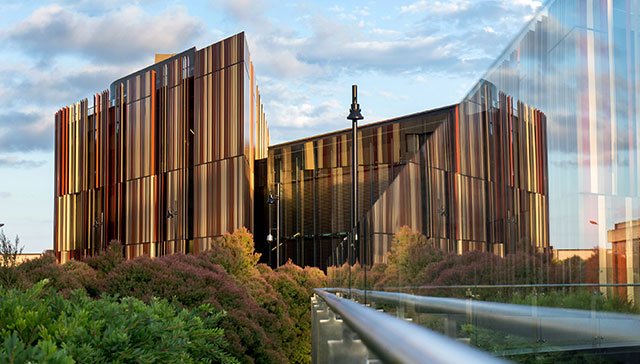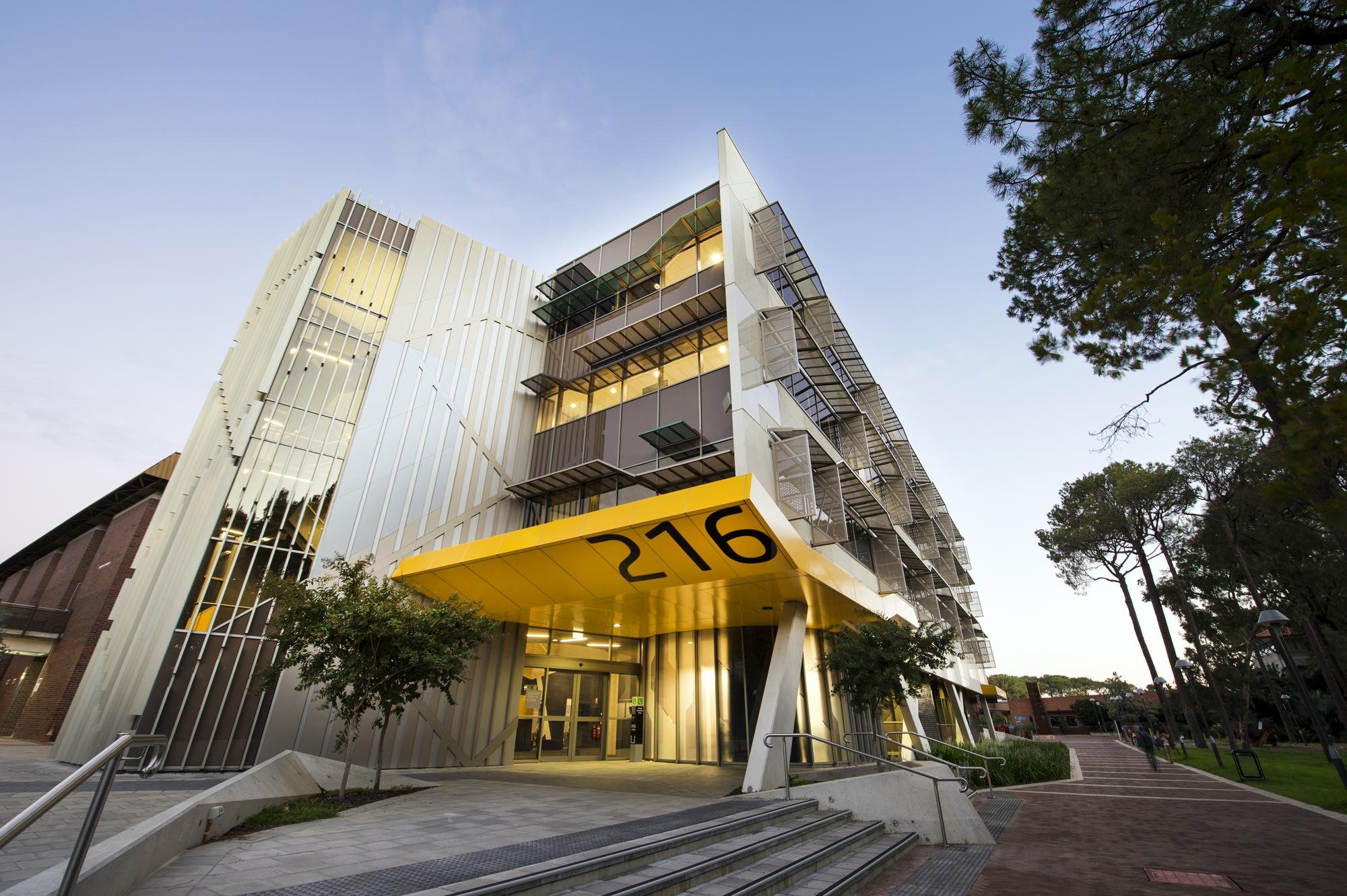ADACS supports Australian research scientists with software development, training, and access to advanced computing infrastructure.
Our team comprises professional software developers who bring expertise in the latest technologies and frameworks, ensuring best practices in software development. Complementing them are our scientists with an understanding of scientific workflows and methods employed by research communities. This blend of technical proficiency and domain-specific knowledge enables us to deliver customised solutions that meet the unique needs of research scientists.


